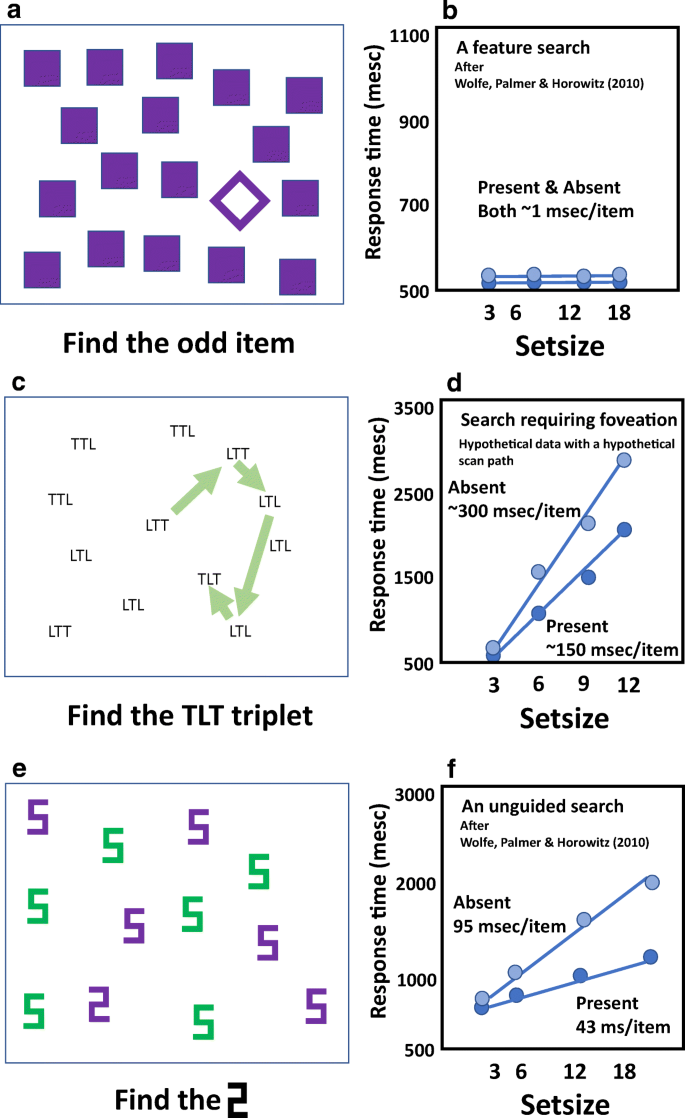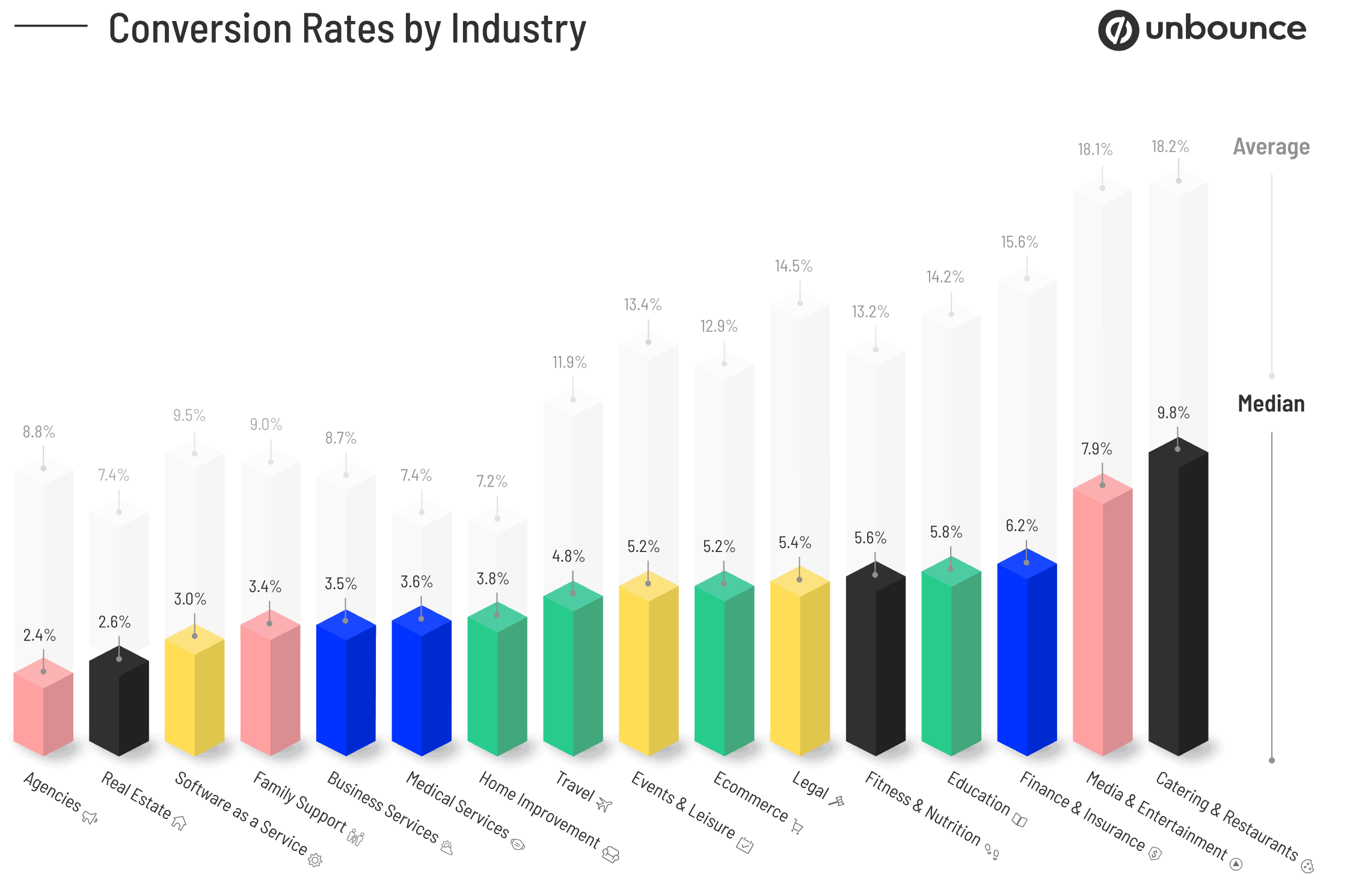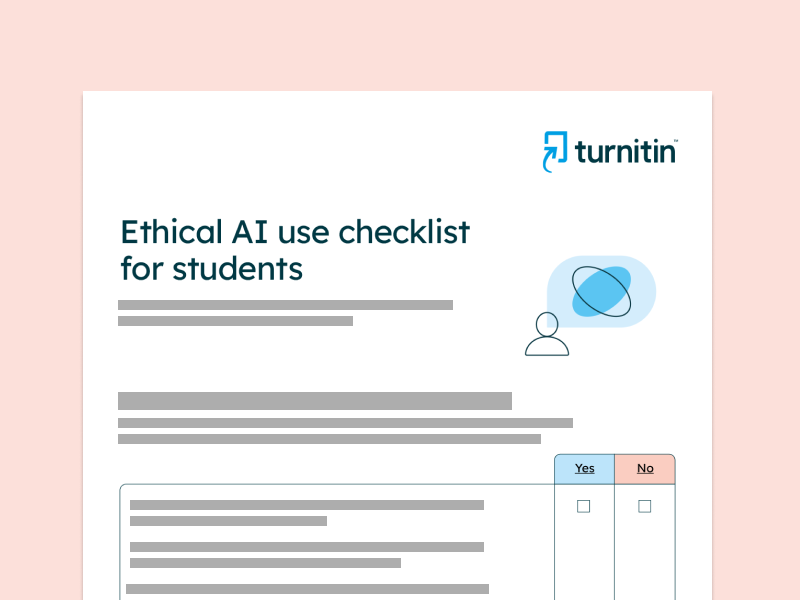In today’s digital landscape, the way users engage with content is rapidly evolving. Traditional, passive content often struggles to hold the attention of well-informed audiences. As a content creator or UX designer, it's essential to understand and leverage interactive content as a means of engaging users. Unlike standard content, which presents information passively, interactive content invites users to actively participate, transforming their experience and making it more compelling.
Integrating artificial intelligence (AI) into these interactions not only personalizes user engagement but also tailors experiences to individual preferences. For example, AI-driven recommendation engines can analyze user data to suggest products or content, enhancing relevance and interaction. This guide explores how you can effectively implement interactive content strategies, supported by AI, to foster user engagement and create enriching experiences.
We’ll address key questions throughout this guide: How can you convert passive readers into active participants? How does AI facilitate personalized content? Additionally, we will touch on how to integrate lead generation into your content strategy alongside the latest UX design principles. By the end, you’ll have a comprehensive understanding of how to harness interactive content and AI in your projects.
How Interactive Content Revolutionizes User Engagement
Interactive content reshapes user experiences by encouraging engagement through active participation. Unlike traditional content that presents information without interaction, interactive elements invite users to engage more deeply, which leads to higher retention and satisfaction.
Understanding Interactive Content
Interactive elements can take various forms, including quizzes, polls, and gamified experiences, all designed to offer immediate feedback while prompting users to explore their interests. This type of engagement makes the experience more memorable and enjoyable, leading to improved outcomes.
Take SHEIN, for example. This major fashion retailer uses personalized recommendations based on customer behavior to enhance engagement. Such tailored experiences not only boost user satisfaction but also increase conversion rates, illustrating the tangible benefits of interactive content.
*
An infographic that illustrates the evolution from passive content consumption to interactive user engagement through various interactive content types (Source: NUS Solutions).
AI Personalization: The Key to Targeted Engagement
AI plays a crucial role in personalizing content to ensure that users receive relevant information tailored to their preferences.
How AI Enhances Personalization
AI tools analyze extensive user data—from search behavior to previous purchases—allowing brands to dynamically shape their content. Businesses like Amazon and Netflix use sophisticated recommendation algorithms to curate content based on past interactions, enhancing user engagement effectively.
Research indicates that effective personalization strategies can significantly drive up engagement and conversion rates. By continually refining their content using customer feedback and behavior analytics, businesses can adjust in real-time, further improving user connections and satisfaction.
*
An illustration demonstrating how AI has transformed personalized shopping experiences and user interactions (Source: Beehiiv).
Transforming User Interaction with Chatbots and Virtual Assistants
AI-driven chatbots and virtual assistants are reshaping how users connect with brands by providing quick assistance and tailored support.
The Role of Chatbots in Engagement
These chatbots utilize natural language processing (NLP) to comprehend and respond to customer inquiries efficiently. They offer support around the clock, ensuring users receive help whenever they need it. This proactive approach fosters positive interactions that often encourage repeat visits.
For instance, eBay’s ShopBot gives shoppers personalized assistance through Messenger, effectively addressing individual customer needs. Companies that implement AI-driven chatbots frequently see notable improvements in user interaction rates and overall satisfaction.
*
A flowchart depicting user interactions with chatbots, showing the journey through multiple interactions (Source: HappyFox).
Visual and Voice Search: The New Frontier of Interaction
Emerging technologies, such as visual search and voice recognition, are changing how users search for information and interact with content.
Understanding Visual and Voice Search
Visual search enables users to upload images and discover related products, simplifying the shopping experience. For example, Pinterest’s Lens feature allows users to find items visually rather than textually, significantly enhancing product discoverability.
Voice search caters to the growing demand for hands-free interaction. By integrating voice-activated technologies, brands can create accessible experiences that respond instantly to users' needs, adding convenience and improving overall satisfaction.
*
A comparative image delineating the differences between traditional search methods and visual search functionalities (Source: Springer Nature).
Augmented Reality: Bridging the Gap Between Digital and Physical
Augmented reality (AR) presents innovative ways for users to engage with products, particularly in e-commerce, by providing immersive experiences.
The Advantages of AR in Engagement
AR technologies allow users to visualize products in real-time, reducing uncertainty about purchases. For example, Warby Parker’s Virtual Try-On feature enables customers to see how different eyewear frames fit their faces virtually, enhancing the shopping experience and often decreasing return rates.
As AR technologies continue to evolve, they empower users to make confident purchasing decisions, enriching their interactions with brands.
*
An example of augmented reality technology applied in product demonstrations (Source: Fingent).
Lead Generation and Conversion: Turning Engagement into Revenue
Incorporating interactive content into your strategy can dramatically enhance lead generation and conversion rates.
Strategies to Optimize Lead Generation
Interactive elements like surveys, polls, and quizzes can gather valuable user insights while engaging potential leads. These tools create opportunities to capture user information and foster progression toward conversion.
Additionally, measuring lead conversions through metrics such as click-through rates (CTR) and conversion rates provides critical insights into campaign effectiveness. Businesses employing dynamic pricing strategies, informed by AI, can attract customers more effectively with targeted offers.
*
A graph that illustrates conversion rates across different industries, highlighting the effectiveness of AI implementation (Source: AB Tasty).
UX Design Principles for Engaging Interactive Content
Creating a compelling user experience (UX) requires a solid understanding of the latest design principles.
UX Design Trends Shaping Interactivity
Current design trends prioritize user-centric approaches, ensuring that your interactive content captivates and effectively meets users' needs. Key aspects include intuitive navigation, appealing visual design, and responsive layouts.
By consistently gathering feedback and adapting to user behavior, UX designers can refine interactive experiences, ensuring they not only engage users but also deliver valuable content.
*
A mood board demonstrating design principles focused on user-centered interactive experiences (Source: NNG Group).
Ethics and Accessibility in AI-Driven Interactive Content
As AI usage grows, ethical considerations must be prioritized to ensure responsible applications of technology.
Addressing Algorithmic Bias and Ensuring Consent
AI systems can inadvertently reflect biases present in their training data, which may lead to discriminatory experiences for users. Designers should utilize diverse datasets and routinely audit AI outputs to minimize such biases.
Also vital is obtaining user consent for data usage, which aids in establishing trust. Offering clear and straightforward consent dialogues enhances user confidence in how their data is being managed.
*
A visual checklist of ethical considerations for the use of AI in design, ensuring responsible integration in interactive content (Source: Turnitin).
Metrics That Matter: Measuring the Impact of AI in Interactive Content
To effectively refine AI-enhanced interactive content, focusing on key performance metrics is crucial.
Key Performance Indicators (KPIs) for Measuring Success
KPIs such as engagement rates, conversion metrics, and user satisfaction scores yield valuable insights into content performance. Utilizing AI-driven analytics tools enables organizations to track these metrics in real-time, allowing for prompt adjustments based on data.
Businesses leveraging AI for performance measurement are positioned to gain a comprehensive understanding of their content’s impact, continuously improving user experience.
*
A bar graph displaying different engagement metrics across various content creators, highlighting the efficacy of AI-enhanced content (Source: ResearchGate).
Conclusion
The fusion of interactive content and AI has significantly reshaped the digital landscape, enabling you, as a content creator or UX designer, to engage users in impressive ways. By embracing personalized experiences, innovative technologies, and ethical considerations, you can cultivate more meaningful interactions with your audience. As the digital environment continues to evolve, adapting your strategies and refining your approaches will be crucial in creating rich, responsive content that addresses diverse user needs.
This comprehensive guide has explored various facets of interactive content powered by AI, from engagement tactics to ethical implications. By applying these principles and practices, you can not only meet but also exceed user expectations in this dynamic landscape, fostering a community of loyal advocates for your brand.

Comentários (0)
Entrar para participar da discussão ou .